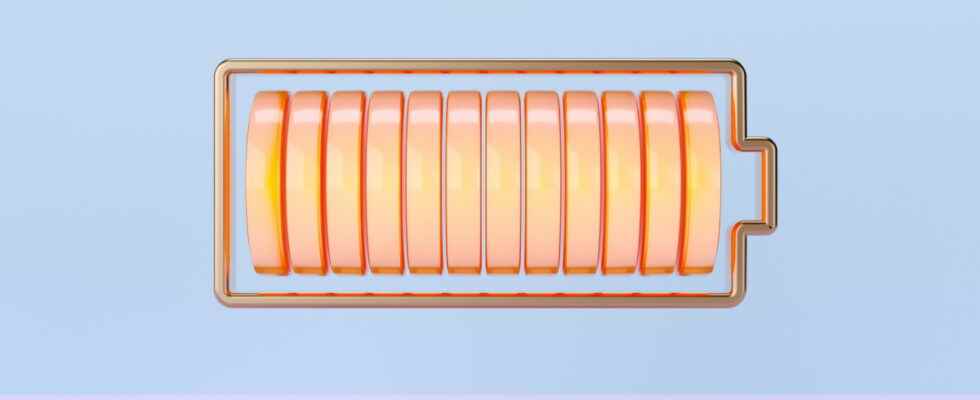Over the past year, you may have noticed that many companies that make USB chargers talk about GaN, or gallium nitride, technology.
But what is this technology? What are the advantages of GaN? And do you need to upgrade all your chargers today?
To answer these questions, we have to take a little trip, which touches gently on chemistry, physics and electronics.
What’s behind gallium nitride?
Gallium nitride (whose chemical formula is GaN) is a crystal-like semiconductor material with special properties. GaN has been used in electronics for decades, starting with LEDs in the 1990s, where it was used to emit light to illuminate televisions and computer monitors, before later finding its place in solar panels to convert light into electricity.
Today, GaN has found its way into transistors and replaces the former industry-favorite semiconductor material, silicon.
What is a transistor, and why is GaN better?
A transistor is a tiny electronic switch that opens and closes very quickly. GaN has several advantages over silicon when used in transistors. Not only are GaN transistors smaller than silicon transistors, they can carry more power, switch faster (about 40 million times per second, or about four times faster than silicon transistors), and have a better energy efficiency.
While silicon transistors have an energy efficiency of around 87%, GaN transistors bring this efficiency to over 95%.
What are the concrete advantages of GaN technology?
The reduction in transistor size means that new GaN USB chargers can be smaller than older silicon-based chargers. And while it’s nice to have smaller chargers, it’s the increased efficiency that’s the most important factor when it comes to USB chargers, because the more efficient an electronic component is, the less heat it generates. residual.
Indeed, the more efficient an electronic component, the less waste heat it generates. And the less waste heat there is, the less chance there is of overheating and the less the charger needs to be cooled to operate safely.
Consumers are understandably worried when chargers feel hot to the touch. While it is common for chargers using silicon transistors to get almost too hot to touch, it is rare for a charger using GaN technology to feel slightly warm.
The faster switching also means that a GaN transistor inside a charger can have better control over charging and respond to events such as overheating or overvoltage much faster than older transistors.
This greater efficiency and faster switching is essential for modern USB-C chargers as they support these increasingly large loads, with 100W charges now common and 240W chargers soon to be a reality.
Should you switch to this technology now?
Certainly, GaN chargers have many advantages. Does that mean you have to throw away your old chargers and upgrade to higher technology?
If you’re happy with your current chargers, stick with them until you feel the need to upgrade, then choose a new GaN USB charger that meets your needs. If your chargers are fine and do what you want, it would be a shame to scrap them.
However, if you need a smaller and cooler USB charger today, then choosing a GaN charger is recommended as you get all the benefits of modern technology for little extra cost.
Source: ZDNet.com
